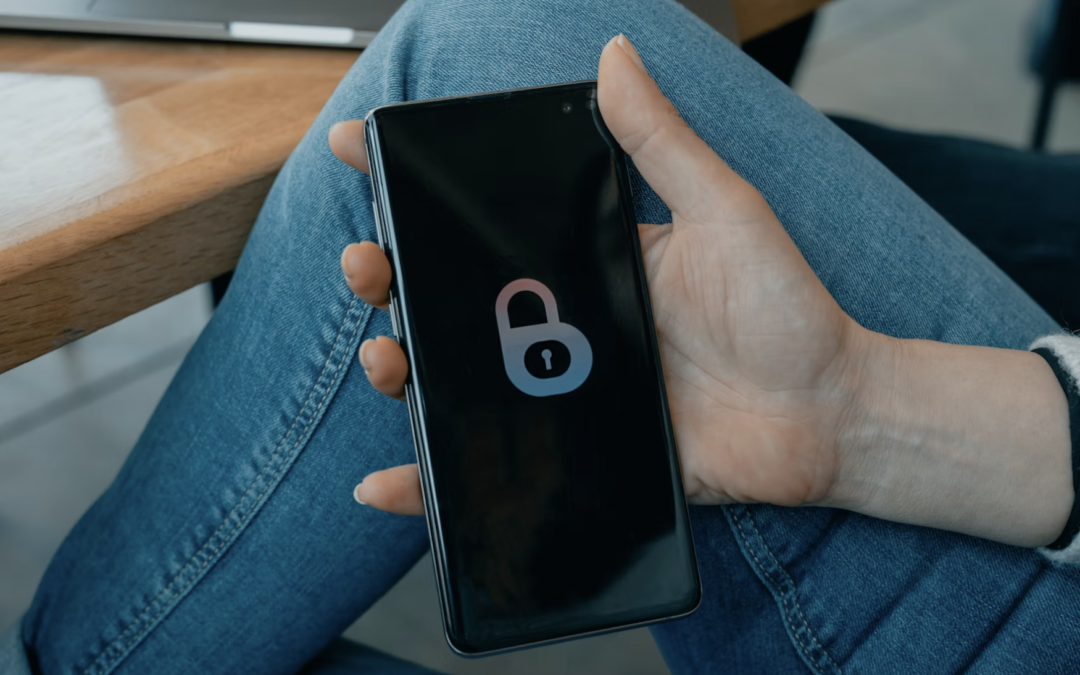Cybersecurity and Privacy in 2022
By Michael Fernandez
August 12, 2022
Practices for Good Data Privacy:
Data privacy is an essential aspect of any sound cybersecurity system, and there are common practices that prioritize the protection of data. These include:
1. Having a solid understanding of data technologies and databases
Physical security plays a vital role in data privacy and cybersecurity. Malware can be hidden in any device, from which it could transmit sensitive data out or allow a hacker to get in. Multiple virtual models are in place to connect the user directly with the database through applications. Most companies choose to operate with the databases a one-tier, two-tier, or three-tier models.Each additional tier number means an extra layer of protection. A two-tier model stores data in a database on a different server, as opposed to a one-tier model whose database and application both exist on a single system.
2. Identifying and classifying sensitive data
One of the simplest ways to maintain data privacy is to identify what data should be classified and what data needs to be private. Knowing what type of data is stored on the system is a key step in establishing private servers to store data.
3. Establishing data usage policies
On a larger scale, companies have databases that store tens of thousands of files that could contain sensitive information. This information includes employees’ personal information, classified documents, payroll, and even the financial aspects of an operation. Establishing policies and procedures for how sensitive data is accessed and who is permitted to access it is a good step in limiting opportunities for malicious actors to breach a database.
4. Controlling access to sensitive data.
An excellent technique to mitigate the chances of a cyberattack is to ensure that only qualified users are able to access sensitive data. Access control protocols are also necessary. Access controls to restrict access to information based on the principle of who is privileged to see that information. These may not be just online; they can be physical, technical, and administrative as well.
Misconceptions About Cybersecurity & Data Privacy
There are many misconceptions about data privacy. The better you know, the more secure your network can be, and your data will be more secure in hand. One common point of confusion is the relationship between vulnerability and risk. Cybersecurity risks are commonly classified as vulnerabilities; however, vulnerability and risk are not the same thing and are often confused with one another. A simple way to put it is that cyber risk is the probability and impact of a vulnerability being exploited. Good data privacy and a robust cybersecurity system go hand in hand; one cannot successfully exist without the other. Other common misconceptions are that anti-virus software will always protect the system, cyber threats are always external, the system will inform the user if it is infected, and cybersecurity is expensive to deploy and maintain. Anti-virus software is said to always be able to protect the system, even from the most sophisticated of cyber attacks, but this is not true. Hackers are constantly on the search for new attack methods that bypass virus software. Since most virus software is not frequently updated, there is often an open window for a malicious actor to compromise the system.

Data Privacy for Businesses
There are many good practices that businesses should follow to have more privacy regarding customer data. Knowing what data is being collected is a must, but knowing where it provides a more well-rounded approach to keeping data private. Collecting only essential information is another crucial practice. Having fewer data to steal lowers the chances of a detrimental cyber attack on the business. There are companies across the internet that provide internet services to users while collecting more information than is really needed. Finally, it is crucial to have a privacy policy clearly written and accessible to all users and employees.
A good privacy policy includes:
- Who data is being shared with
- Data security providers used
- Technology employed
- The levels of encryption used
- The type of cloud or physical storage used
- The steps the company takes in the event of a breach
How to make user privacy easy?
There are a few techniques companies can employ that make it easier for users to maintain their own privacy. Having secure servers and databases provides a sense of security to the users, but while this option is secure, it is still vulnerable to breaches. To lower the risks of dangerous cyber attacks on the customer’s data or company database, companies can partner with third-party services such as humanID. humanID’s mission is to provide safe, secure, and private connections to the internet while requiring only a user’s phone number. This phone number is hashed and encrypted, creating a user token with which they can access the internet. After this token is created, the phone number is no longer needed, and is then deleted, providing safe access to the internet without keeping any personal information.

There is no standard for how to best protect the privacy of user and company data, and there are few laws in place that truly go in depth on how to provide full security in case a breach does occur. Therefore, it falls on the companies as well as the users to maintain practices that best protect the privacy of data. Well-informed users can make the decision on which companies they provide their data to, and those companies can make the decision to trust identity providers such as humanID to provide a safer and more secure internet experience for all parties involved.

